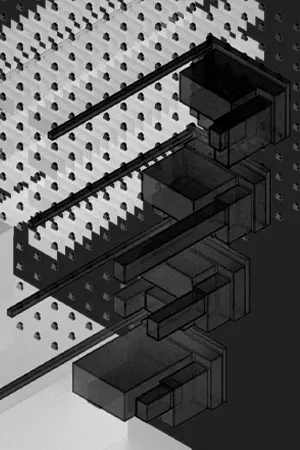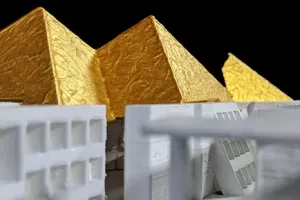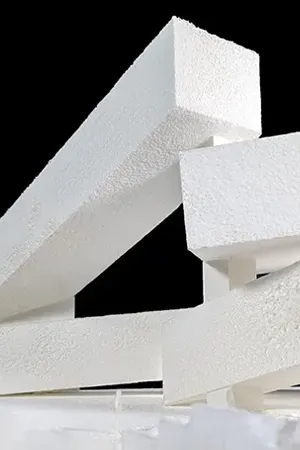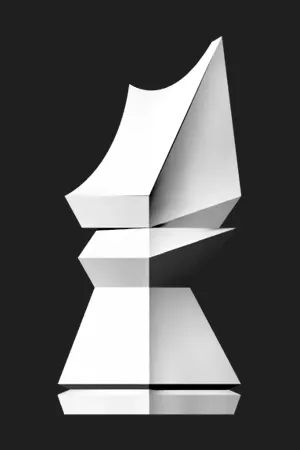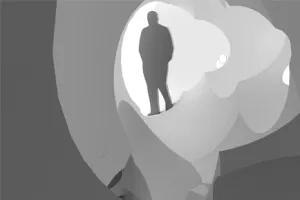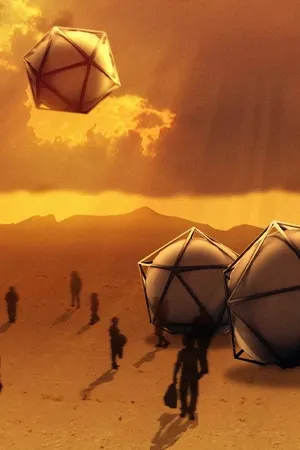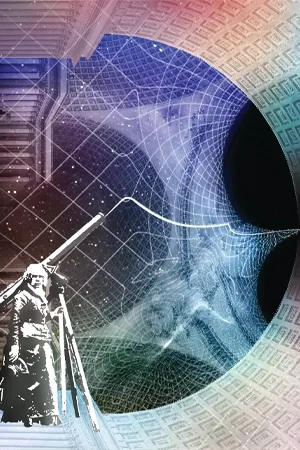
Evidence that it Exists
This project was an entry for the Outer Space 2020 competition.
Developed in collaboration with Karen Lewis.
Annie Cannon was bored. Miserably bored.
It's been two weeks since director Mitchell gave the order to return the sleepers back to the land of the living, and in that time, Annie hasn't had much to work on that a simulation back home couldn't have handled. Things had been a little bit slow in her department aboard Munsell Station. Unlike the Jet Propulsion or Material Science Departments, whose Universal Science Foundation grants pull trillions of dollars in research funding annually, Astral Spectroscopy wasn't as glamorous. The "Coloring Group," as some cleverly called it, dedicated itself to the science and study of the interaction between matter and radiated energy.
"It's the study of absorption characteristics of matter, or absorption behavior of matter when subjected to electromagnetic radiation," Annie has explained to Tycho, a new arrival in the Jet Propulsion team, seemingly every time they drift past one another in the mess hall - and she always said it in the same, guarded tone. He still opened their conversations by asking how her work is going, and if she has "gotten any patents yet?"
"Spectroscopy doesn't generate any results," she replied, once again, calmly. "It's simply the theoretical approach to science."
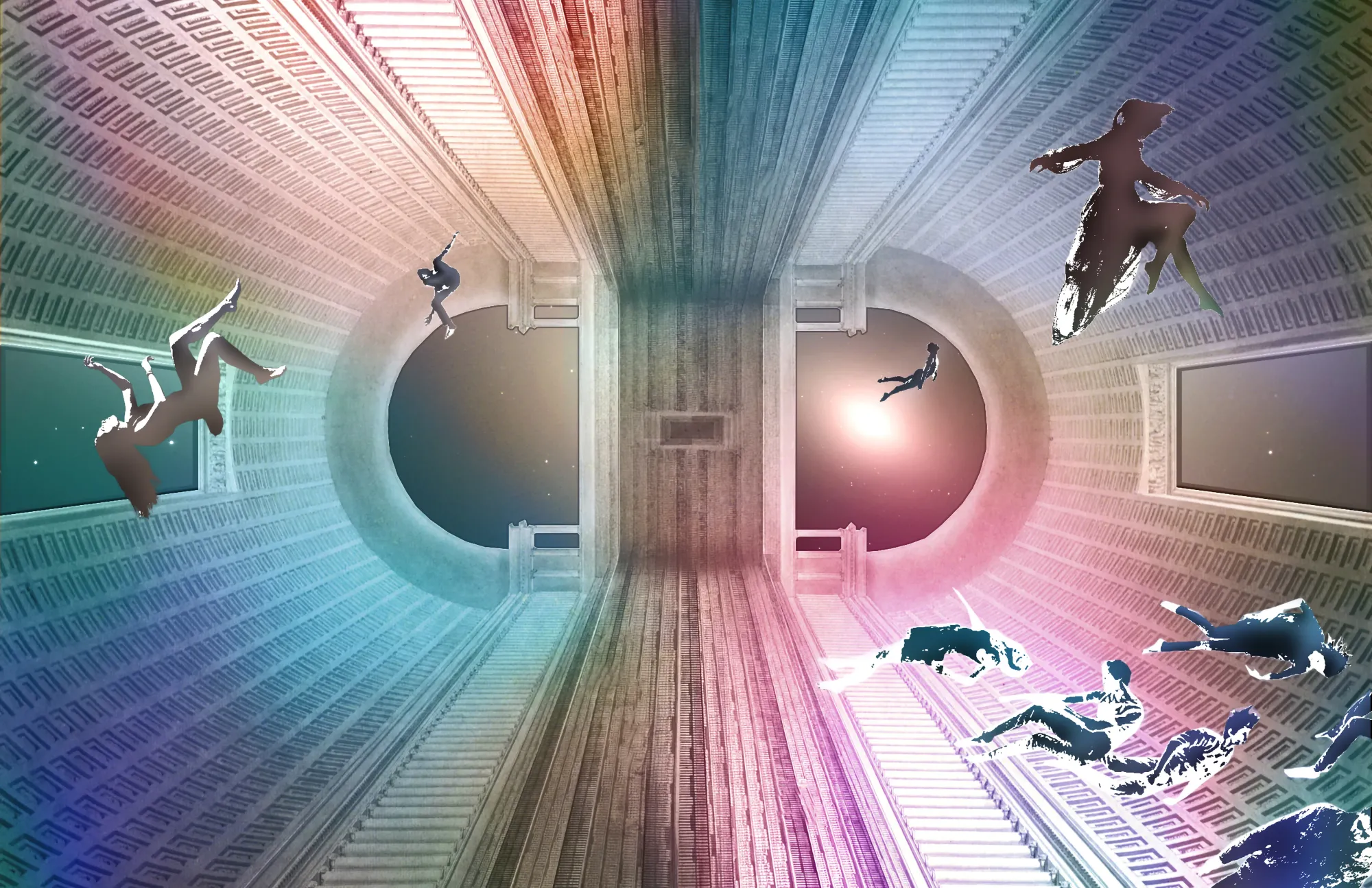
Dr. Annie Jump Cannon, along with most of the researchers staffed aboard Munsell Station, was brought aboard to witness and study the collision of two black holes. After centuries of dancing around one another, these cosmic behemoths finally merge, giving humanity its best and closest observation of such an event to date. Though the collision was still nearly a century away when Annie took the job, decades cryo-hibernation put it just a few weeks away, relatively.
Spectroscopy might not generate results, but for the first time in a long while, Annie felt the excitement of primary research activities tied to a speculative inquiry. Not only would she witness an extraordinary event – the event has pulled together the entire Station – hell, the whole scientific community – in a slew of theoretical and tactical research projects."The Event Horizon of the Century!" was popular, if an obvious, corporate science-nerd joke.
The entire station was ebullient, choking with the joyous, busy focus that only comes from the anticipation of a deadline. Annie and the rest of her lab gathered around their monitors to watch the collision, instruments poised to collect internal processing data. The tension in the recycled air was palpable, but Annie had run enough sims in her time at university to know almost exactly what to expect. A blinding flash of light, an incredible outpouring of raw elements and radiation, and a gravitational ripple akin to a tsunami back home. If nothing else, Annie could at least enjoy the spectacle of it all.
Then it happened.
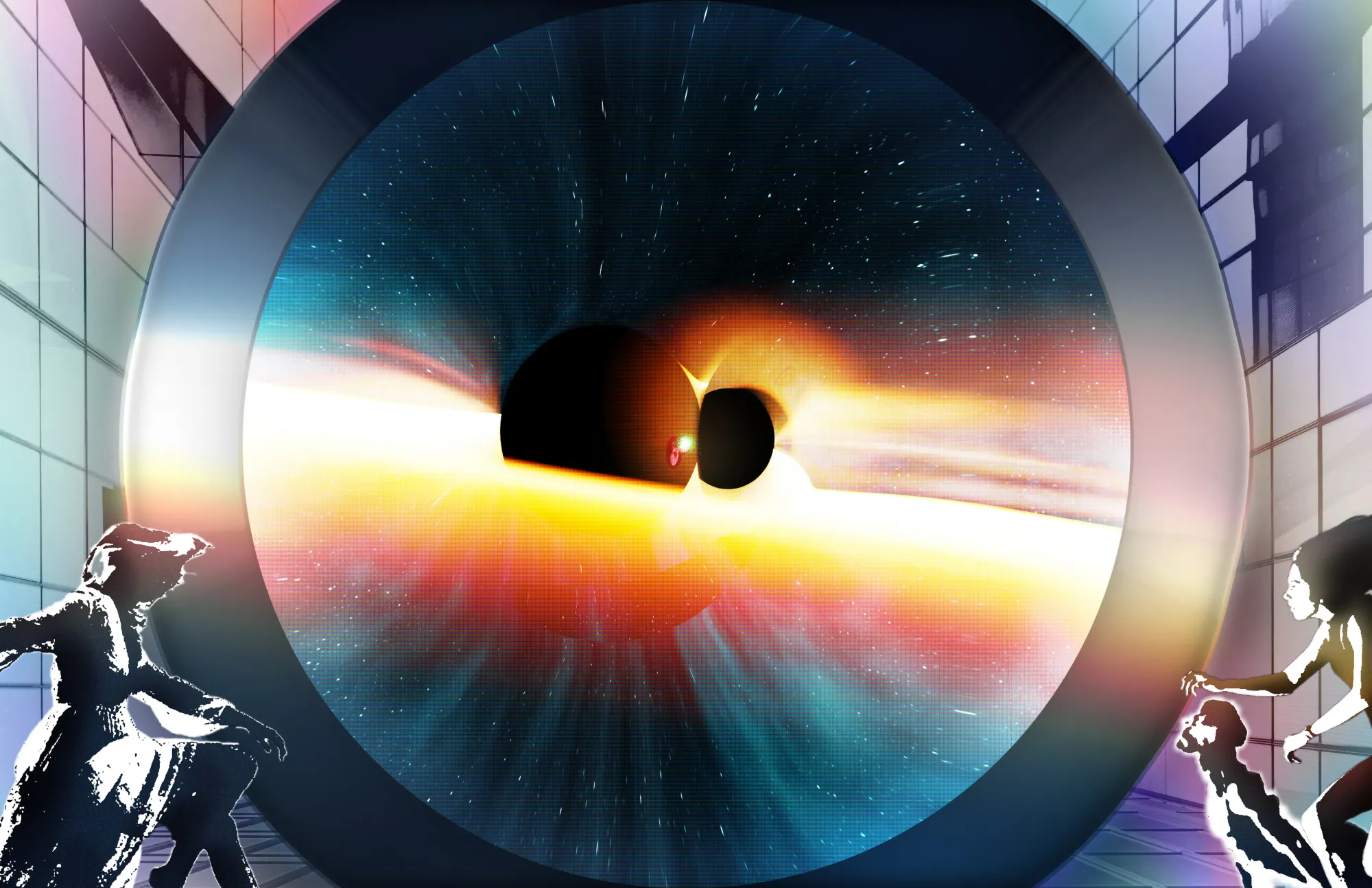
The supernova of light was as bright as she expected, though it moved in a way that she did not expect, which was surprising. Intriguing. Instead of a bang or an explosion, something she had seen when other gravitational bodies propelled towards one another, the black holes languidly merged. No, wait - languid wasn't quite right. There were two, and then there was one. A hybrid state of two bodies through a hyperbolic fold, two holes formed a more magnificent, weirder hole. Light flowing through all sides as the accretion disks reacted to the change in forces. Mesmerized, Annie stared into the screen, replaying the event over and over. Data was pouring in, gaseous spectrometry revealed endless bands of information about the black hole materials. She could hear the Propulsion Lab screaming wildly from afar. Extroverts.
Looping the data back, Annie watched the reply once more, this time much more slowly. A nanosecond frame-by-frame image relief.
I don't know why I want to watch it so slowly, but something feels strange. What am I missing?
When she found what she was looking for, a cyan streak of energy flew down her spine, and her back straightened. She paused the screen. A dark spot had opened up at the center of the newly merged black hole. And then – a spark! "There's a light in the hole!" Annie gasped, leaning carefully. "But it's not just a light… it's a star!" At the center of the collision, a strange loop, a flash of something beyond. How had it not been devoured by either of the black holes? A void within a hole of brilliant teal light. She was met with unimpressed murmurs. "Stars are not teal," she said aloud. The red giants and white dwarfs that hang off the main spectrum all clung within the sol-bound chroma of blues, yellows, whites, reds."What could possibly be teal?"
Annie ran a quick analysis of the data, checking the newly discovered light source's spectrometry through her instruments. This couldn't possibly be correct. The data was showing elements that were unlike any star materials from the known universe. Why was Magnesus showing up? "It's too heavy," Annie muttered to herself. "It couldn't possibly be part of a star."
Something itched at the back of her mind. A memory from something tangible… the same color in the tiniest blue bottle. A dust.
The Forbes Collection?
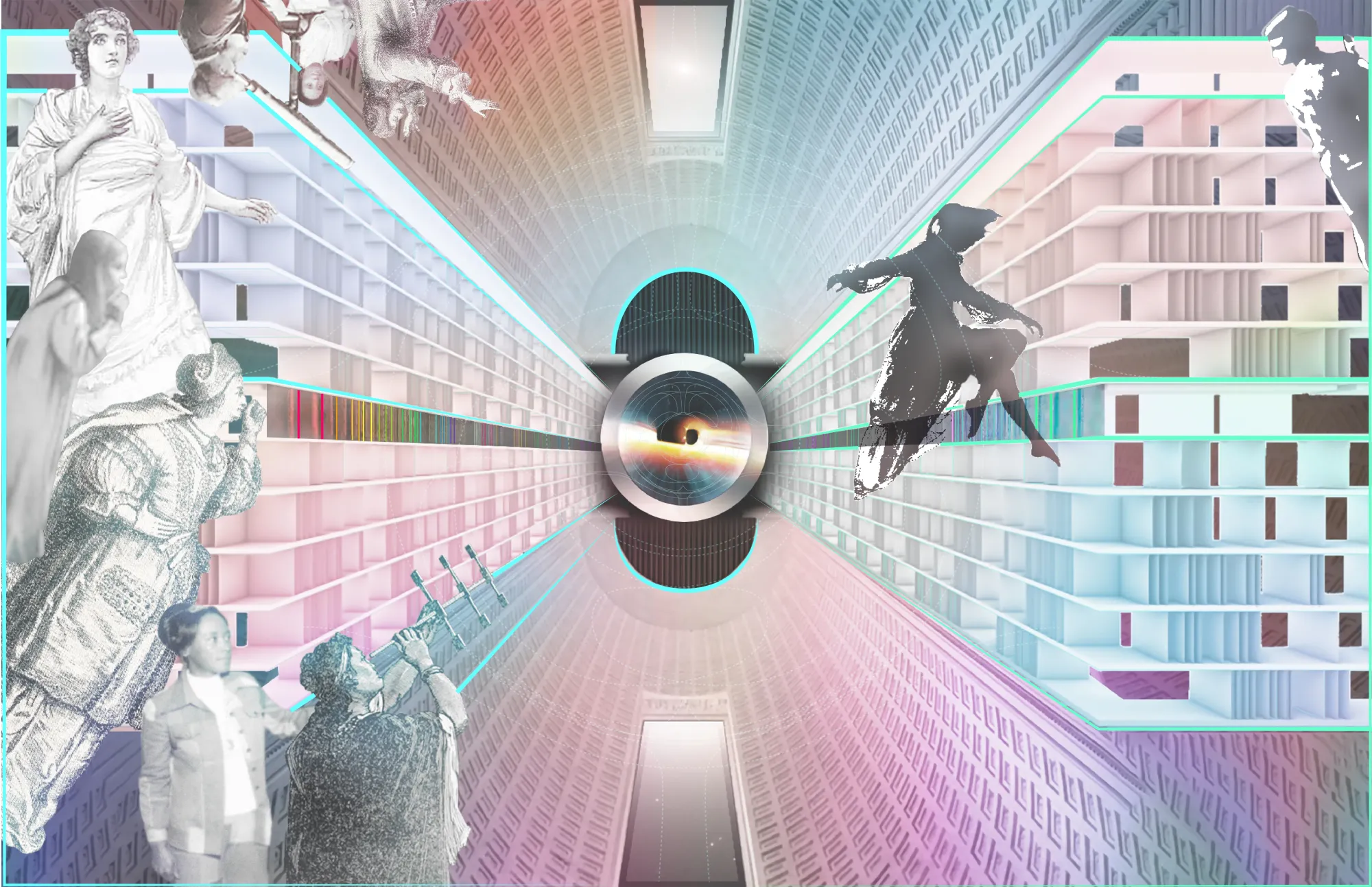
Annie let go of her footholds and began to float around the room, trying to remember what it felt like to look so closely at the tangible color, rather than data about color. She hadn't dug through in the Forbes Pigment Collection in a while. She grabbed the wall and started moving anxiously towards the archival holdings. Annie quickly found the Maganese Blue, holding the tiny vial between two fingers. She peered at the thick dust in the jar in utter confusion, skimming through the label's contents. "Maganese Blue. Stanley Doggestt Inc, USA, n.d. A form of chemiluminescence, the green-blue pigment was found fixing a barium sulfate base. Discovered in 1907, patented in 1935." Annie half-smiled when she reads the word 'patent.' "I" ll have to let Tycho know," she laughs. The color is mesmerizing. Otherworldly. What Annie holds in her hand is the tangible expression of something she felt through the data.
Bio-luminescence in a vacuum. Curious.
She gazed at the chroma in front of her. Tiny jars of Maganese, Ultramarine, Lapis Lazuli, Blue Verditer… "I had let the visible, physical blue at the door, outside, in the street…" Annie said to herself, remembering the quote about Blue from Yves Klein. "The immaterialisation of blue, the colored space that can not be seen…."
The colored space that can not be seen. What an idea…what a…no. It cannot be.
What if the teal star isn't evidence of inconsistent material, of a heavy metal that doesn't belong? What if the teal light is another space that cannot be seen? What if the teal light is a signal? A beacon? From another world, perhaps even another universe? Instead of blue showing us what does not belong, what if it shows us that something is there?
What if the teal light is the evidence? The evidence that another universe exists?
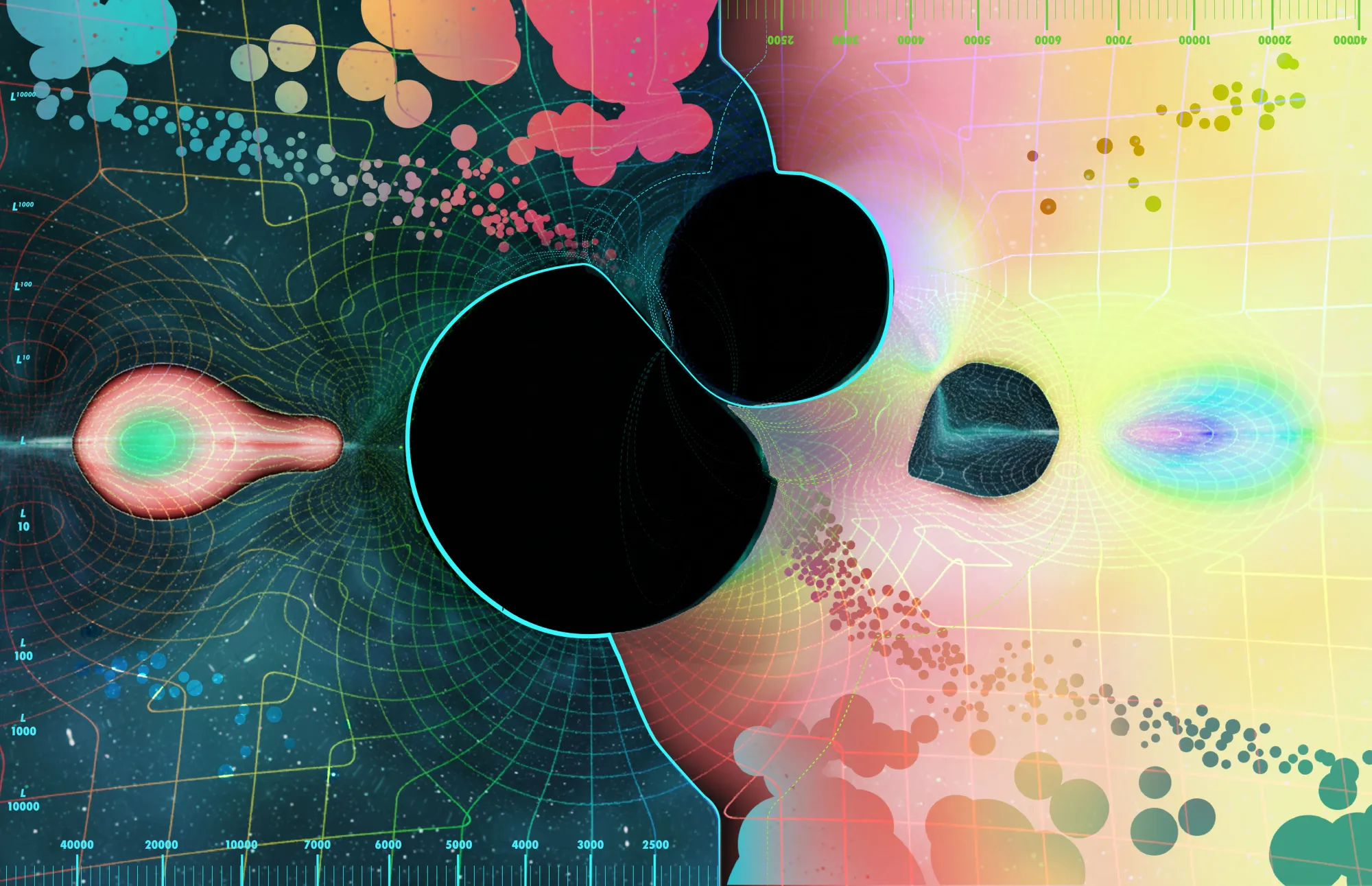
By the time Annie returned to her lab and colleagues, any trace of the cataclysmic event had passed. Her lab partners were all crowding around one of the screens, so Annie naturally pulled herself closer to see if they had come to the same conclusion as her. It looked like a standard trans-ship message.
THIS MESSAGE IS A TEST, BROADCASTING ON ALL CHANNELS - SUSPECTED EINSTEIN-ROSEN BRIDGE RESULTING FROM THE COLLISION. PLEASE CONFIRM.
The message had come from the Eratosthenes, timestamped only seconds after the black holes merged - but that wasn't possible. The Eratosthenes was observing from the opposite side of the black holes. The light delay alone should have delayed their reception of the message by about four hours. Then it clicked, and Annie's heart sank a little as she floated away from her colleagues.

Annie Cannon was chagrined. Disappointed.
It is a miracle, just not the one she expected, nor the one she wanted. The teal star must have been on the other side of the bridge, and doppler-distortion shifted the hue outside of the astral spectrometry norm. She would have seen this effect if she had awoken from hibernation mid-voyage. It was not another universe, just hers—the same one from her simulations. The teal star was not a portal to another world, but instead was evidence of something else inspiring and surprising. The architecture of the universe was more complicated than she thought.
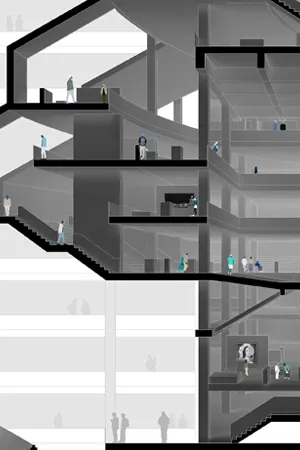


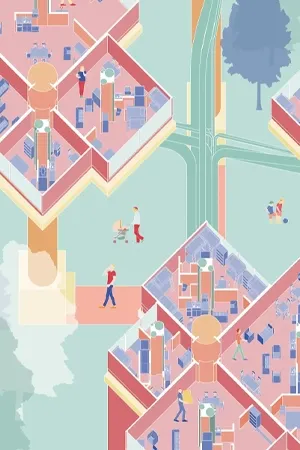
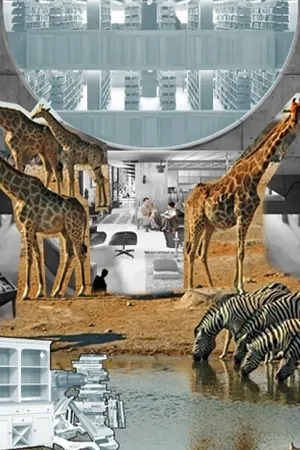
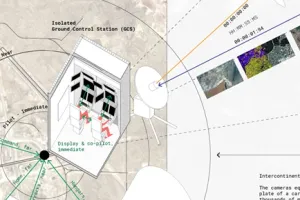


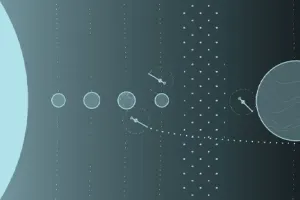

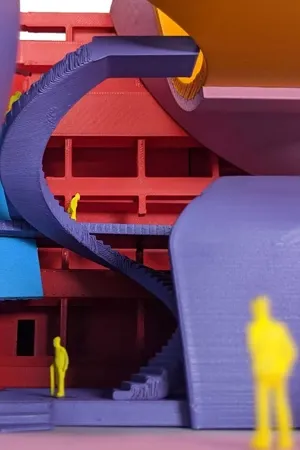
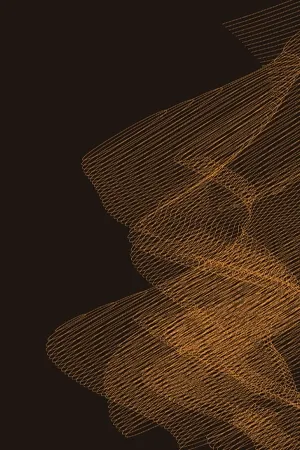
![[Conserv/Labor]-atory](/content/images/size/w300/2024/03/interior-high.jpg)
